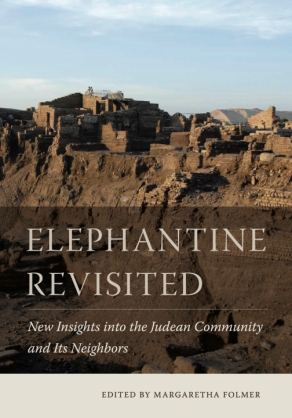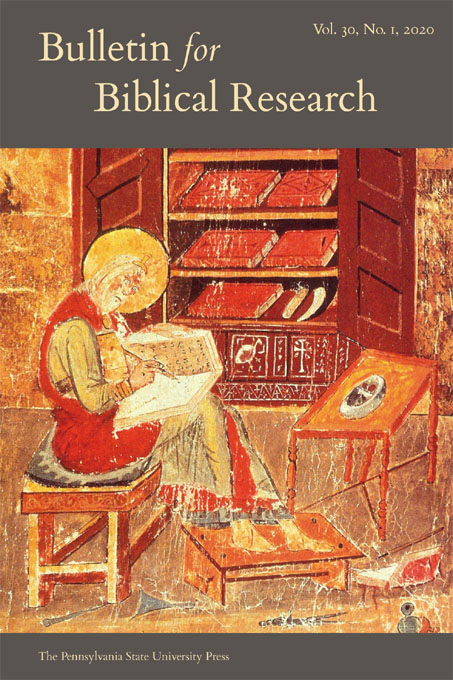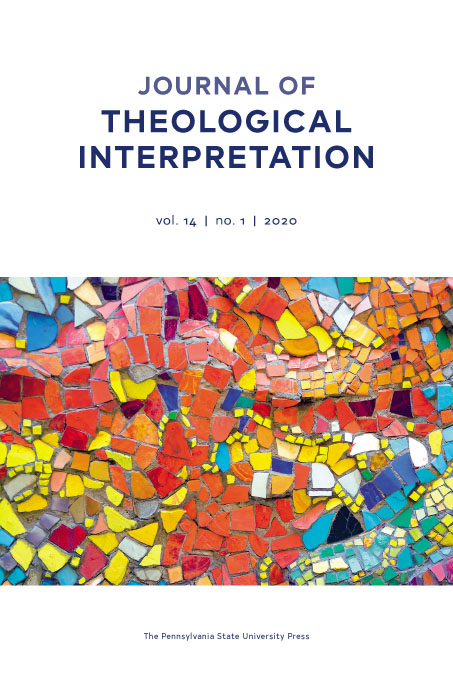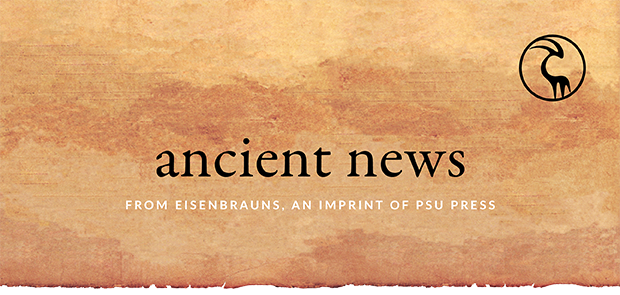
in this issue
general news
Welcome to the September issue of Ancient News!
In honor of the publication of the final volume of Textbook of Aramaic Ostraca from Idumea, we’re running a special promotion! Get all five volumes for only $500 until the end of September. Click here to get the deal.
We’re also offering up to 70% off titles in the Bulletin for Biblical Research Supplements Series! Browse the sale here and use promo code BBR23 at checkout to receive the discount through 9/17.
This month, we are featuring a Q&A with Margaretta Folmer, author of Elephantine Revisited: New Insights into the Judean Community and Its Neighbors. Read on for the full conversation.
In case you missed it, the Penn State University Press Fall/Winter 2023 catalog, featuring a section of forthcoming titles from Eisenbrauns, is now live! Keep an eye out for our full Eisenbrauns 2023 catalog, coming soon!
Enjoy!
bbr supp sale
Save up to 70% on titles in the Bulletin for Biblical Research Supplements Series. Use promo code BBR23 at checkout. Sale ends 9/17.
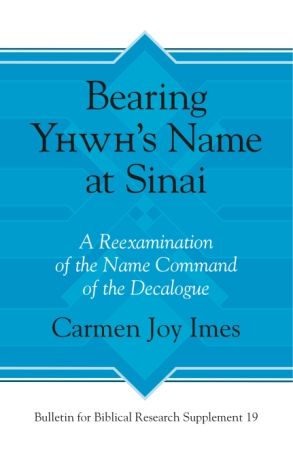
Bearing Yhwh’s Name at Sinai
A Reexamination of the Name Command of the Decalogue
$73.95 $44.37
“Many will benefit from Imes’ judicious work here, especially those with interests in the Decalogue and in the character and role of ancient Israel in its world. Contemporary religious leaders may find the final chapter especially meaningful for their work. In the end, many will find reward in their patient reading of this book and, whether persuaded or not, will nevertheless agree that Imes has put forward a compelling case for a nonelliptical or representational understanding of the name command.”
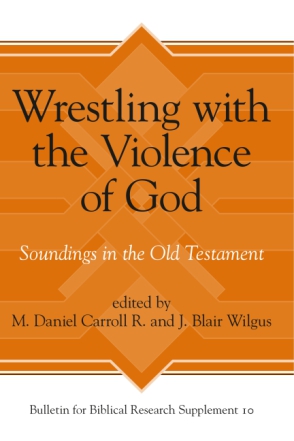
Wrestling with the Violence of God
Soundings in the Old Testament
$42.95 $25.77
The prevalence of evil and violence in the world is a growing focus of scholarly attention, especially violence done in the name of religion and violence found within the pages of the Old Testament. Many atheists consider this reason enough to reject the notion of a supreme deity. Some Christians attempt to exonerate God by reinterpreting problematic passages or by prioritizing portrayals of God’s nonviolence. Other Christians have begun to respond to violence in the Old Testament by questioning the nature of the text itself, though not rejecting belief in a good God. Wrestling with the Violence of God is a response to these challenging issues.
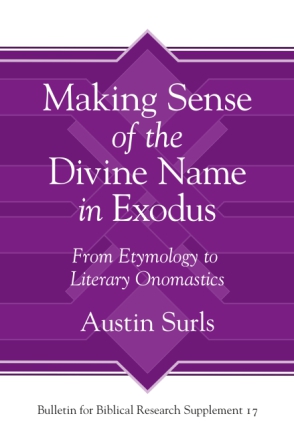
Making Sense of the Divine Name in the Book of Exodus
From Etymology to Literary Onomastics
$52.95 $31.77
The obvious riddles and difficulties in Exod 3:13–15 and Exod 6:2–8 have attracted an overwhelming amount of attention and comment. These texts make important theological statements about the divine name YHWH and the contours of the divine character. This book attempts to move beyond atomistic readings of individual texts and etymological studies of the divine name toward a holistic reading of the book of Exodus.
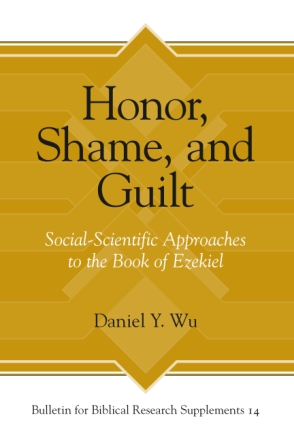
Honor, Shame, and Guilt
Social-Scientific Approaches to the Book of Ezekiel
$50.95 $20.38
“The book will find a place in libraries that serve students and scholars working on Ezekiel and broader social-scientific approaches to biblical literature.”
new books
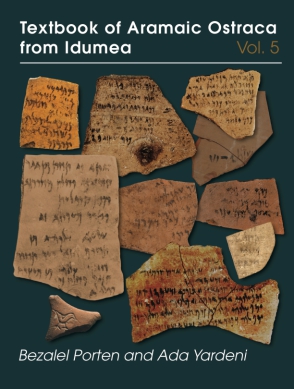
Textbook of Aramaic Ostraca from Idumea, volume 5
Dossiers H–K: 485 Ostraca
Bezalel Porten and Ada Yardeni
Since the early 1990s, about two thousand Idumean Aramaic ostraca have found their way onto the antiquities market and are now scattered across a number of museums, libraries, and private collections. This fifth and final volume of the Textbook of Aramaic Ostraca from Idumea completes the work of bringing these ostraca together in a single publication.
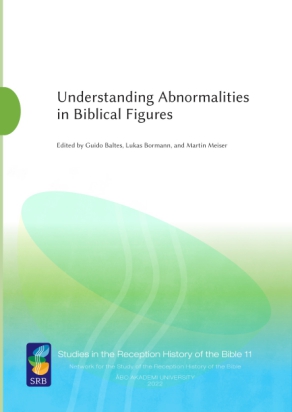
Understanding Abnormalities in Biblical Figures
Edited by Guido Baltes, Lukas Bormann, and Martin Meiser
Fifteen scholars examine the tension between normality and deviance in the Hebrew Bible and the New Testament as well as in their reception in Second Temple Judaism and patristic literature. It becomes clear that the ideas expressed in these texts about deviant behavior are primarily influenced by changes in anthropological and theological assumptions. The authors adapt the tradition to the contemporary understanding of normality and deviance to reach their rhetorical aim to convince the reader about their interpretations of the Biblical figures.
author q&a
Margaretha Folmer, author of Elephantine Revisited: New Insights into the Judean Community and Its Neighbors, joined us for a Q&A to her current research and how she hopes it will shape the field of Hebrew Bible studies.
Can you tell us about your current research, and how you became interested in the topic?
Recently I published a curse tablet in Jewish Palestinian Aramaic from the 5th / 6th c. CE. I published it in cooperation with R. Elitzur-Leiman. It is a unique and very exciting piece. Jewish magic is one of my favourite subjects. Persian Period Aramaic continues to have my attention. At this moment I am working on Persian and Egyptian loanwords in Elephantine Aramaic. The distribution of these loanwords tells us a lot about the type of contact that existed between the Elephantine Judeans, their Egyptian neighbours and their Persian overlords, thus far a neglected topic. This research is part of a larger project in which I focus on the influence of Old Persian on the syntax of Aramaic as evidenced in two official correspondences from the Persian period written in Aramaic: the Arshama letters from 5th c. BCE Egypt and the Akhvamazda letters from ancient Bactria, located in North Afghanistan (4th c. BCE). Both correspondences emanated from chancelleries in service of the central Achaemenid administration. A third field of interest is Targumic Aramaic. I am specifically interested in how these Jewish Aramaic Bible translations render constructions that are characteristic of Biblical Hebrew (and not of Aramaic). Currently I am working on several publications in this field.
How has technology affected your research over time?
In several ways. The curse tablet was deciphered with the help of RTI technology (Reflectance Transformation Imaging). This is very helpful for the reading of ancient texts. It enables a scholar to look at the writing (which in this case was only superficially engraved on a thin lead tablet) under different lighting conditions. For my work on the Jewish Targumim (Aramaic translations of the Hebrew Bible), I am using the Bible software of Accordance. Their recent extension Wordmap is indispensable for Targumic Studies. You can create a database in the blink of an eye. I consult the online Comprehensive Aramaic Lexicon project when I want to have a general idea of the distribution of a certain lexeme or root in the different Aramaic languages. I use it a lot, but I always consult the dictionaries for verification.
How do you anticipate your research will help inspire other research in the field?
On the one hand I want to show how important the study of languages is for our understanding of human interaction and more in general how indispensable the humanities are in academia. This cannot be overstated. On the other hand I want to demonstrate that it is always possible to find a new angle from which to study a given subject, even a heavily studied one. I love to teach my students and my research is closely connected with it. In this way I hope to inspire a next generation of scholars.
new from psu press
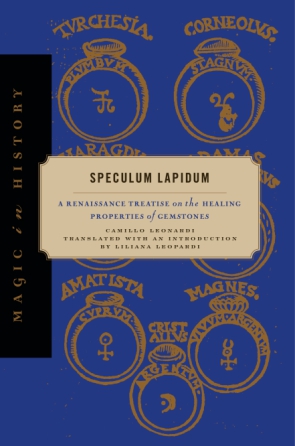
Speculum Lapidum
A Renaissance Treatise on the Healing Properties of Gemstones
Camillo Leonardi, and Translated with an introduction by Liliana Leopardi
| Control your subscription options |
